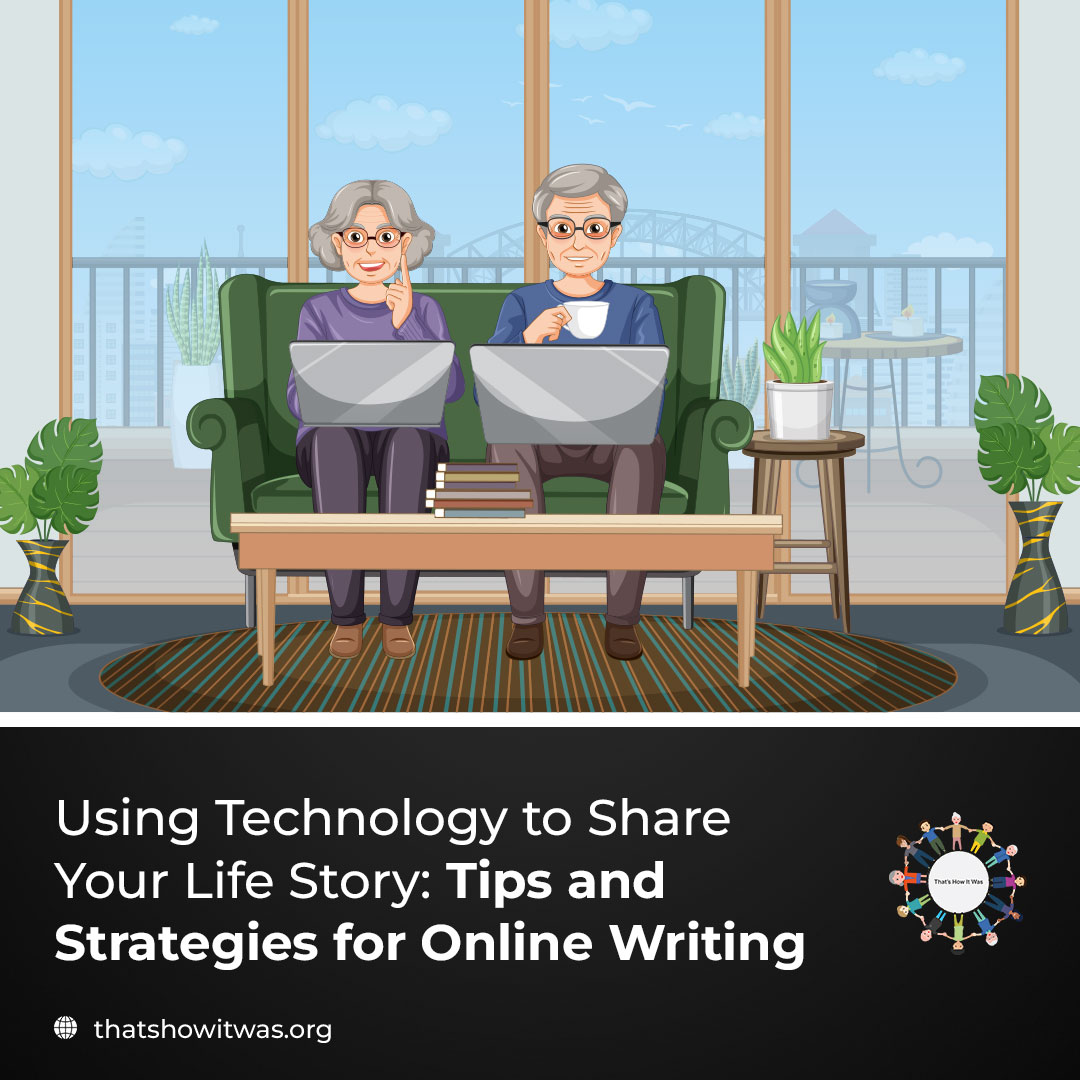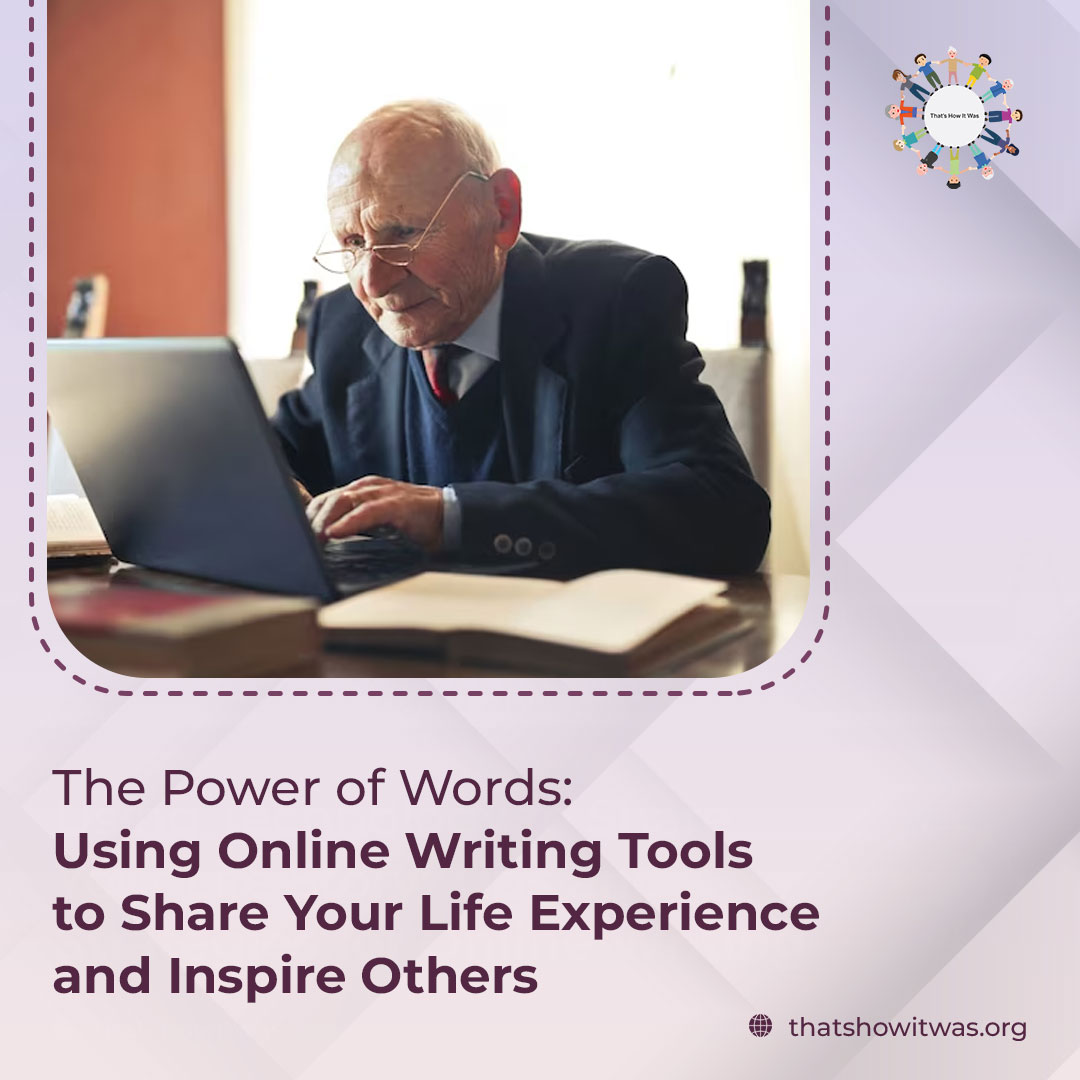Apply These 6 Secret Techniques to Improve Create Your Own Life Story Book
A life storybook is a collection of memories, anecdotes, and milestones that tell the tale of your life. Not only is it a meaningful way to preserve your memories, but it can also help you better understand your life's purpose and values.
It's a way to connect with ourselves and those around us on a deeper level, allowing us to appreciate the beauty in our unique journey.
So, why not take the first step and create your own life storybook? It's a gift you can give yourself and your loved ones and an opportunity to leave a lasting impact on the world.
In this post, we'll share 6 secret techniques that will help you improve your writing skills and create a compelling and engaging memoir. From finding your unique voice to structuring your story in a way that keeps readers engaged, we'll cover everything you need to know to get started.
Whether you're a seasoned writer or just starting out, these tips will help you create a life story book that you can be proud of. So, let's dive in and get started!

Choose a Captivating Title for Your Life Story
The title sets the tone for your entire story and can be a powerful tool to capture readers' attention. A great title should be memorable, intriguing, and reflective of your life experiences. To create a captivating title, brainstorm keywords or phrases representing important themes or events in your life. Consider using a play on words or poetic language to make your title stand out. Remember, this is your chance to showcase your unique perspective and voice through your title, so take the time to choose one that truly represents you and your story.
2. Create an Outline to Organize Your Life Events Chronologically
Organizing your life events in chronological order is an essential step while writing. Creating an outline can help you stay on track and ensure you don't miss any important details. Start by dividing your life into chapters, such as childhood, teenage years, young adulthood, etc. Then, within each chapter, list the significant events that occurred during that time.
Using bullet points or numbered lists can help keep things organized and easy to follow. Don't worry if you don't remember every detail – jotting down whatever comes to mind is a great way to get started. Once you have a basic outline in place, you can go back and add more detail or fill in any gaps.
Remember, this book is for you – so don't be afraid to include personal memories or experiences that may not seem significant to anyone else. The goal is to create a comprehensive account of your life that you can reflect on with pride and satisfaction. By creating an outline and organizing your life events chronologically, you're taking the first step toward creating a meaningful and lasting legacy for yourself and your loved ones.
3. Use Vivid Descriptions to Bring Your Story to Life
When it comes to creating your own life story book, one of the most important elements is the use of vivid descriptions. The goal is to transport the reader into your memories and experiences and bring them to life in a tangible and real way. But how exactly do you achieve this?
Start with Sensory Details
Think about the sights, sounds, smells, tastes, and feelings associated with your memories. By incorporating sensory details into your writing, you can create a more immersive experience for the reader. For example, instead of simply saying, "I went to the beach," you might describe the smell of saltwater in the air, the feeling of sand between your toes, and the sound of waves crashing against the shore.
Ready to create your own life story book? Follow this simple step-by-step guide and start documenting your unforgettable journey today with That’s How It Was!
Use Metaphors and Analogies
Another way to bring your story to life is through figurative language. Metaphors and analogies can help readers understand complex emotions or ideas by drawing comparisons to more familiar experiences or concepts. For example, instead of saying, "I felt lost," you might compare yourself to a ship without a compass.
Show Don't Tell
Finally, it's important to show rather than tell when describing your experiences. Instead of summarizing events or emotions in plain language, try to paint a picture through action and dialog. For example, rather than saying, "I was sad," you might describe how you cried for hours after receiving bad news.
Using these techniques for vivid descriptions in your life storybook writing process can create a more engaging and memorable reading experience for yourself and your readers.
4. Include Dialog to Make Your Story More Engaging
Including dialog in your life storybook can make it more engaging and interesting for your readers, and it adds depth to the characters in your story and helps bring them to life. Luckily, with the online tool developed by the website, adding dialog to your story has never been easier.
The tool allows you to create conversations between your characters and even suggests realistic and natural-sounding dialog. It also allows adding emotions and body language to the dialog, making it even more engaging for readers.
When writing dialog, it's important to remember your characters' personalities and backgrounds. Ensure their dialog is consistent with their character traits and the period in your story is set. Don't be afraid to use slang or dialect; it can add authenticity to the conversation.
To make your dialog even more effective, use it to reveal important information about your characters or move the plot forward. It will keep readers engaged and interested in the story.
By incorporating dialog into your life storybook and using the website's online tool to help you, you can create a compelling and engaging story that readers won't be able to put down.

5. Share Both Positive and Negative Life Experiences
Focusing only on positive experiences when creating your life storybook can be tempting. However, sharing positive and negative experiences can make your story more relatable and authentic. The website mentioned in this article offers a unique opportunity to do just that - with their online tool for autobiography, story, and novel writing.
Sharing negative experiences can be difficult, but it can also be cathartic and healing. It shows that you are human and have overcome challenges, and it also allows readers to see that they are not alone in their struggles.
Of course, positive experiences are just as important to share. They provide inspiration and hope and can also serve as a reminder of all the good things in life.
The online tool offered by this website allows you to organize and share both positive and negative experiences easily. You can write chronologically or jump around to different parts of your life. You can also add photos and other media to enhance your story.
By sharing positive and negative experiences in your life storybook, you can create a more well-rounded and engaging narrative that reflects your life.
6. Get Feedback from Others to Improve Your Life Story
You can achieve things much easier when you know which actions to perform. We can easily achieve goals when we know what is wrong and what is not. That’s why taking help of a website like That’s How It Was, can really help you. One of the best ways to improve your writing is to get feedback from others.
Writing Groups
Writing groups are a great way to get feedback on your writing. They provide a supportive environment where you can share your work with others and get constructive criticism. You can find writing groups online or in your local community.
Beta Readers
Beta readers are people who read your book before it's published and provide feedback. They can be friends, family, or even strangers. They give you an outsider's perspective on your writing, which can be invaluable.
Professional Editors
If you're serious about publishing your book, you may want to consider hiring a professional editor. They can help you with everything from grammar and punctuation to plot and character development. Connect with That’s How It Was if you are looking for editing services for an additional fee.
By getting feedback from others, you can improve your writing and make your life story book even better. Don't be afraid to ask for help – writing is a collaborative process and getting feedback can help you grow as a writer.
Conclusion
Knowing the right tools and techniques is an easy, enjoyable, and rewarding experience. The first step is to find the right platform that suits your needs and goals. That's how it was. From there, use these six secret techniques to improve your writing skills, organize your thoughts, and create a compelling narrative that captures your unique voice and experiences.
Remember to focus on the details that make your story unique and interesting, and don't be afraid to be vulnerable and honest. Use sensory language and vivid descriptions to bring your memories to life, and take breaks when you need to recharge or reflect.
Ultimately, creating your own life storybook is a way to honor your past, celebrate your present, and inspire future generations. You can turn your life story into a powerful and meaningful legacy with the right approach and mindset.
Frequently Asked Questions for Life Story Book:
Q: What are the benefits of creating my own life story book?
A: Creating your own life story book allows you to preserve and share your unique experiences, memories, and wisdom with future generations. It serves as a tangible legacy that can inspire, educate, and entertain others while leaving a lasting imprint of your life's journey.
Q: Is it necessary to have professional writing skills to create a life story book?
A: No, it is not necessary to have professional writing skills to create a life story book. The most important aspect is your personal connection and authenticity in sharing your experiences. You can use various tools, prompts, and resources available to assist you in organizing your thoughts and capturing your memories effectively.
Celebrate Your Life: Start Documenting Your Journey in a Personalized Story Book!